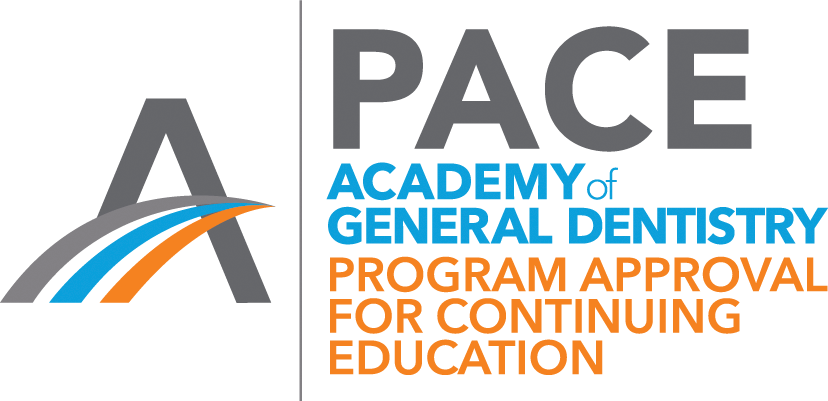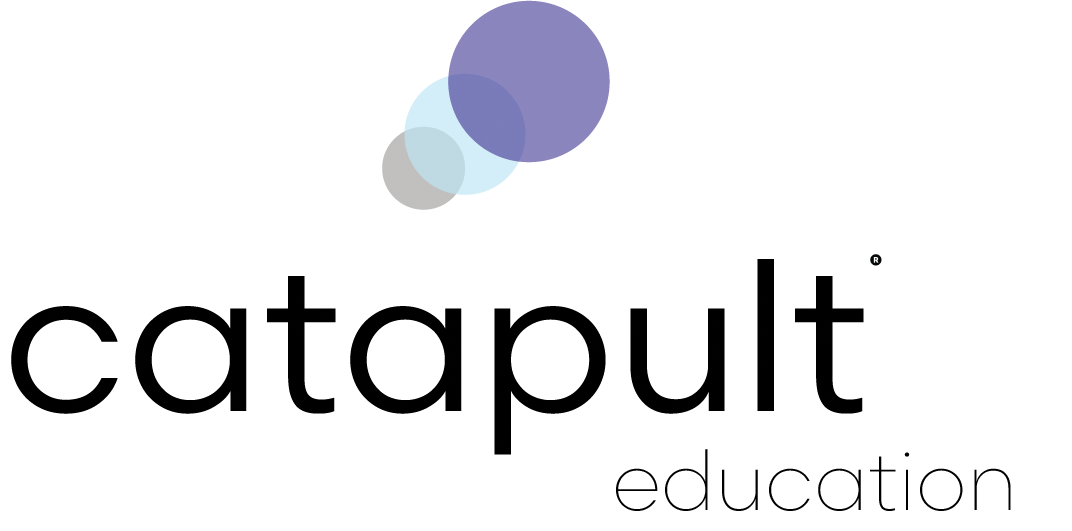Abstract
Since their introduction several years ago, unishade and reduced-shade composite systems have offered clinicians simplified choices and clinical protocols. Designed with optical properties that mimic their surroundings, these new materials can streamline or even eliminate the time spent on shade matching. Unishade systems benefit an entire practice. They simplify inventory management, reduce material waste, and save a dental practice time and money.
Learning Objectives
- Gain an understanding of how unishade composites match the shade of surrounding dentition
- Realize the clinical advantages and uses of unishade composite systems
- Learn how a simplified composite system aids with clinical efficiency
- Understand the financial advantages of stocking unishade composites compared with multishade systems
- Learn how adopting unishade composites can reduce material waste
Dentists often ask me when to avoid single- or limited-shade composites. My answer is quite simple: hardly ever. Single-shade composites have proven to be incredibly reliable and efficient products. Surprisingly, they are also economical. Compared with older formulas of 30 to 40 shades, they lessen supply costs. In the words of my dearly departed grandmother, “What’s not to love?”
The longer your dentistry journey, the wider the differential you have probably seen in the number of necessary shades within a composite system. Over the decades, I have seen my composites systems increase from 1 to 36 shades. An abrupt change in that trend occurred just prior to the pandemic when Tokuyama Dental America introduced a new single-shade composite called OMNICHROMA.
The huge success of this product created a cascading effect, changing the way many companies introduced or marketed their composites. In some cases, companies reinvented one of their many shades as a single universal shade. Some manufacturers reintroduced systems built around 3 to 5 limited shades, and others were satisfied with 6 to 11 shades. Other manufacturers have since developed their own niche materials with a single universal shade, offering optical properties to help it blend in with surrounding dentition.
What led to this change? Materials researchers started this process more than 20 years ago when looking into the use of structural color as opposed to chemical color. Earlier composites used dyes and pigments to mimic natural dentition, but the clinician needed to identify the proper shade or mix of shades to match the look of the surrounding teeth. Instead, the new structural approach to coloring materials is based on allowing light to move through the material in predictable ways, enabling the restoration to virtually absorb the color around it. New materials do a great job at this, but they allow darker, undesirable shades to show through. This is why most systems include an opaque shade to block out darker areas beneath or around a restoration. This blocking agent is engineered for this process and can be placed underneath the single shade composite in 1 mm or small increments with surprising effectiveness.
The introduction of single-shade composites led to an unintentionally well-timed improvement in composite efficiency as the pandemic began. Obviously, a single choice removes the need for shade tabs and shade guides and eliminates wasted material from incorrect shades being placed and removed.
What do these limited shade materials do for a practice? Clear benefits include:
- A considerable decrease in supply costs
- Little or no wasted material due to expiration
- Improvements in polishability, smoothness, and marginal integrity
- A new option for making screw holes and post holes invisible
- Increase in clinical efficiency
Supply Costs Decrease
With the COVID-19 pandemic leading to global supply chain difficulties, we have all been forced to confront dental inflation. Few products are the same price they were prior to the pandemic. Although newer unishade composite systems can vary in price from brand to brand and seller to seller, purchasing materials from a system with fewer shade options means a practice can significantly cut materials expenses.
An Example of Financial Benefits
In March 2021, a dental consumer journal reported the cost of OMNICHROMA per mL was $33 less for the same amount of material than that of the leading composite brand, which has a total of 36 shades, and $10 less than that of the 2 other leading composite brands. Although those numbers have obviously changed in today’s inflationary times, consider the cost savings for single-shade composites in general: no overpaying for shades we seldom use or shedding of expired materials. These savings can amount to thousands of dollars per month and potentially tens of thousands or more depending on the size of your practice.
A recent search of costs of 1 bottle of 20 compules of A1 Body shade of the leading composite showed the cost as $135 for a box of each of 36 shades. Assuming potential expiration or lack of use of 25% of those compules, there is a waste cost of $1200. Compare that with the more economical cost of the single-shade product, and the savings can easily be $10,000 per year. And this is before considering the cost savings of the new OMNICHROMA FLOW composite.
Catapult Education, LLC is an ADA CERP Recognized Provider. ADA CERP is a service of the American Dental Association to assist dental professionals in identifying quality providers of continuing dental education. ADA CERP does not approve or endorse individual courses or instructors, nor does it imply acceptance of credit hours by boards of dentistry.
Approved PACE Program Provider. FAGD/MAGD Credit. Approval does not imply acceptance by a state or provincial board of dentistry or AGD endorsement. 6/1/20 to 5/31/24. Provider ID 306446.
Catapult Education designates this continuing education activity for 1/2 credit.
Sponsored by:
Online Quiz
For more info on this activity, or to take the quiz and obtain your continuing education credit follow the link from the QR code or visit www.catapulteducation.com/course/dental-composite-systems
Less Material Waste and Broken Dispensers
We have all experienced wasted compules and syringes—in many cases, practices discover they have full boxes of expired material in rarely used shades such as A5, A4, and WT. Even though they are rarely used, practices need to keep these shades on hand for patients who require them. They may be purchased as a part of a huge box set or on their own to make sure the practice has every shade available. But when material goes unused, it wastes both the composite itself and the practice’s financial resources.
If you are like me, you have experienced the aggravation of putting an A5 compule in your dispenser when you finally need it, only to find a solid material that won’t extrude. This causes part of the dispenser to snap and fly across the room. Since I began using single-shade composites, this once-familiar situation hasn’t happened at all.
Polishability and Surface Smoothness
The new generation of products is designed to deliver the esthetics clinicians and patients expect with a simple polishing protocol. In my experience of using unishade and similar materials, these composites make it easier to achieve nearly invisible margins. When these new materials are combined with the latest in finishing and polishing instruments, it is easier than ever to achieve great results. These materials handle as expected and can be shaped to provide great anatomy and smooth transitions, making margins virtually invisible.
The Screw Hole and Post Hole Miracle
Although unishade composites offer numerous benefits when it comes to practice and inventory management, they also solve some common challenges facing dentists today. Screw-retained implants continue to be the top choice for most tooth replacement situations, but in the past, covering the screw hole without residual grayness showing through was a difficult task. A unishade material placed atop a layer of a unishade opaque material such as OMNICHROMA Blocker makes the hole disappear like magic. This can be a lifesaver to cover metallic screws and implant crowns. There is nothing else like it.
Reduction in Chair Time
The last benefit I’m going to mention is simple and sometimes overlooked. Using a unishade composite system means little or no time is required to choose the shade or shades you want for a specific case. Even if shade selection normally takes 1 minute, this can add up throughout the day. Even 10 minutes of saved time can make a difference at a busy office.
Conclusion
There are multiple benefits of unishade composites. They are a money-saver in several ways, allowing practices to reduce inventory overhead while streamlining treatment workflows. With only 1 shade needed for any procedure, the unishade system cuts down on set-up time and clinical decision-making. Additionally, there is less short- and long-term waste because most of the product is used soon after purchase. The fact these materials can deliver durable, esthetic outcomes makes them an ideal option for both patients and practice. Kudos to the single-shade composite companies for creating products that work extremely well.




